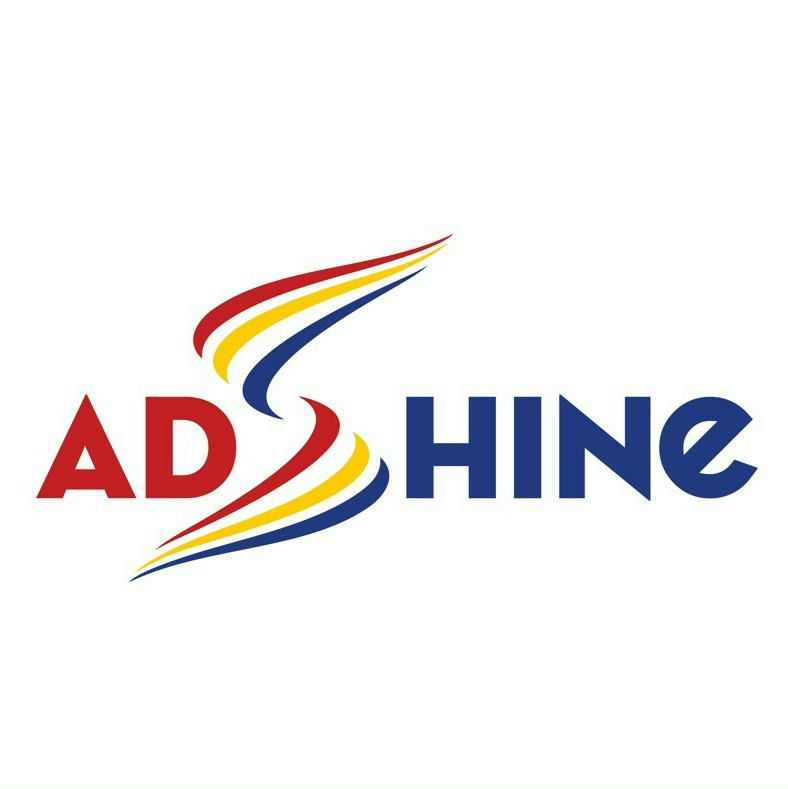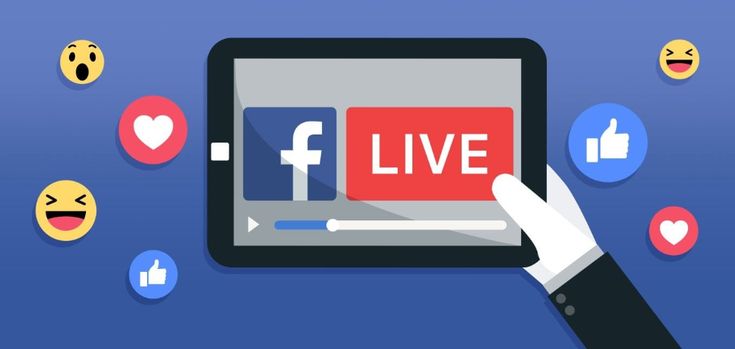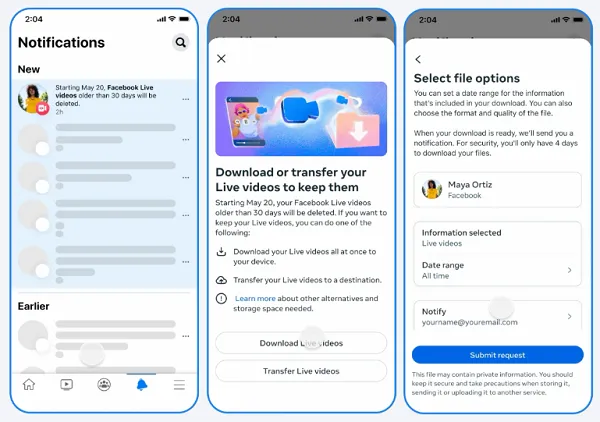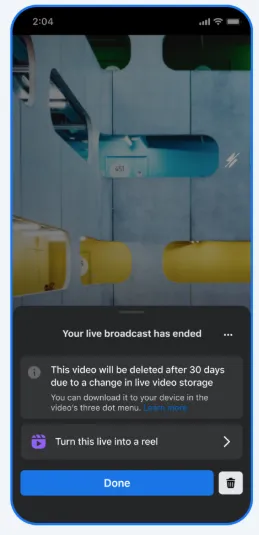Facebook Livestreams Will Be Deleted After 30 Days – What's So Special About This?
 Adshine.pro02/19/20251.6k views
Adshine.pro02/19/20251.6k views
If you’ve run any live streams on Facebook, take note.
Meta’s making a change to its storage time for live stream broadcasts, in order to reduce its costs in maintaining video data. Which means that any live stream older than 30 days will soon be removed from the app.
As explained by Meta:
“Because most live video views occur within the first few weeks of broadcasting, we’re updating how long live videos can be stored on Facebook. Beginning on February 19th, any new live broadcast videos can be replayed, downloaded or shared from your Facebook Pages or profiles for 30 days, after which they will automatically be removed from Facebook. Previously these videos were stored indefinitely.”
So Meta’s crunched the numbers and found that no one’s watching live streams that are more than a month old. So rather than continuing to support these videos in perpetuity, it’s now putting an end time on them, and deleting them from its servers.
“As part of this transition, all live videos currently older than 30 days will be removed, and you will not be able to access them anymore. The deletion process will take place in waves over the coming months, and we are providing new tools for people to download their old live videos before they are gradually deleted.”
Meta says that anyone who has a live video on their profile or Page will receive a notification ahead of the deletion of their broadcasts. Once received, you’ll then have 90 days to download your content (per video or in bulk).

You’ll also have the option to convert your live stream into Reels clips.

There’ll also be an option to defer deletion for an additional six months if you need more time.
So there are plenty of options, and you will be able to keep your videos active in the app if you want, by segmenting them into Reels. But Meta is removing them from its live servers, in order to save storage space on content that nobody’s watching anyway.
Which makes sense. Storing long videos is expensive, and Meta has already made several changes over time to rationalize its approach to such. And with the company set to spend around $65 billion on AI development this year, it needs to trim the budget where it can, and you can imagine that most live videos do see the vast majority of their views within that initial post-broadcast period.
So if you’re using Facebook Live, you need to think about what you want to do with your old videos. And if you have a lot of them, Meta just added a chunk of new entries to your to-do list.
📢 If you're interested in Facebook-related solutions, don't hesitate to connect with us!
🔹 https://t.me/AdshineproSP
🔹https://www.facebook.com/adshinepro
💬 We're always ready to assist you!